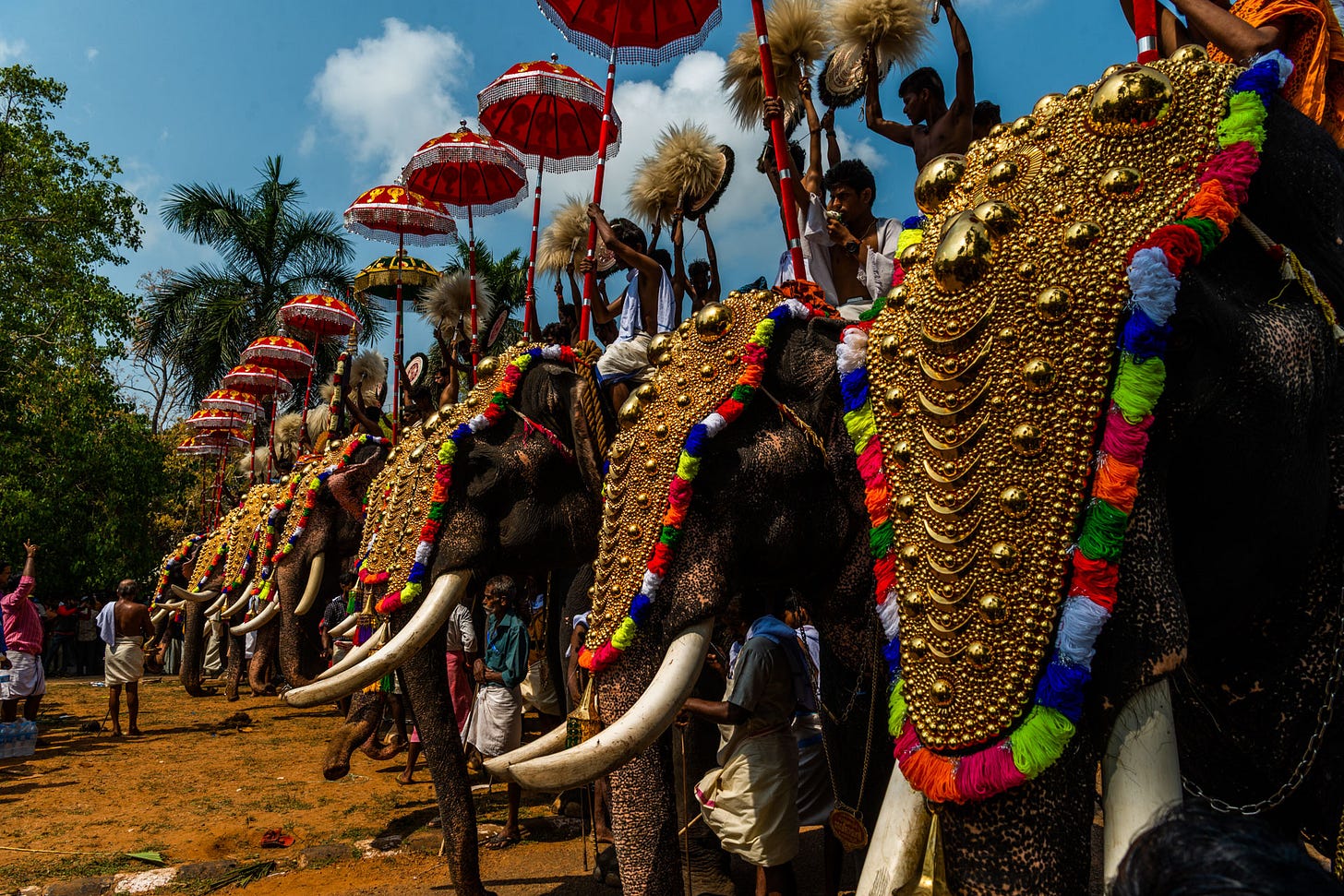Mastering Depth of Field: Shallow vs. Deep Focus
Understanding and Controlling Depth of Field for Aesthetic and Professional Photographs
One of the most powerful and aesthetic tools photographers use to create visually compelling images is depth of field (DoF). Mastering depth of field allows you to selectively focus on parts of your photograph, influencing mood, storytelling, and visual emphasis in your images.
Whether you're highlighting a portrait with beautiful background blur or capturing a sweeping landscape with sharp details from foreground to horizon, understanding shallow and deep depth of field can dramatically elevate your photography.
In this comprehensive guide, you'll learn what depth of field is, how it affects your images, and techniques for mastering both shallow and deep focus to achieve professional-quality photographs.
📷 What is Depth of Field (DoF)?
Depth of Field refers to the range of distance within your photo that appears acceptably sharp and in focus. It is the area in front of and behind your main subject that looks sharp.
Shallow Depth of Field: A small zone of sharpness, with blurred foregrounds and backgrounds (also known as "bokeh").
Deep Depth of Field: A large zone of sharpness, with everything from foreground to background in clear focus.
🔍 Why Depth of Field Matters in Photography
Depth of field influences how viewers interact with your photographs, affecting:
Subject Emphasis: Focuses attention clearly on your subject.
Mood and Emotion: Shallow focus often evokes intimacy and emotion, while deep focus suggests clarity and openness.
Professional Look: Proper control of DoF distinguishes professional images from snapshots.
Visual Storytelling: Helps guide viewers’ eyes, shaping the narrative within your photo.
🌸 Shallow Depth of Field (Selective Focus)
When to use shallow depth of field:
Portraits
Close-up and macro photography
Artistic and creative compositions
Images requiring isolation of the subject from distractions
📐 How to Achieve Shallow Depth of Field:
Use a Wider Aperture (Lower f-number, like f/1.8, f/2.8): A wide aperture produces a narrow area of sharpness.
Longer Focal Length Lenses: Telephoto lenses (85mm, 105mm, or longer) naturally produce shallower depth of field.
Shorter Distance to Subject: The closer you are to your subject, the shallower your depth of field becomes.
🌟 Benefits of Shallow Depth of Field:
Creates beautiful background blur (bokeh), making subjects pop.
Removes distractions by blurring backgrounds.
Adds emotional intimacy and artistic flair.
🏞️ Deep Depth of Field (Extensive Focus)
When to use deep depth of field:
Landscape and architecture photography
Group portraits and street photography
Documentary photography
Scenes requiring clarity and detail from foreground to background
📐 How to Achieve Deep Depth of Field:
Use a Narrow Aperture (Higher f-number, like f/8, f/11, f/16): A smaller aperture ensures more of your image stays sharp.
Shorter Focal Length Lenses: Wide-angle lenses (16mm, 24mm, 35mm) naturally create deeper depth of field.
Greater Distance to Subject: Standing further from your subject increases depth of field.
🌟 Benefits of Deep Depth of Field:
Keeps entire scenes sharp, ideal for storytelling and context.
Captures extensive detail in complex scenes.
Conveys a sense of realism and expansiveness.
🔄 Controlling Depth of Field with Your Camera:
To effectively control DoF, keep these three critical elements in mind:
1. Aperture (f-stop):
Wider aperture (lower f-number) → Shallow DoF
Narrow aperture (higher f-number) → Deep DoF
2. Lens focal length:
Longer lens → Shallow DoF
Shorter lens → Deep DoF
3. Distance to subject:
Closer distance → Shallow DoF
Greater distance → Deep DoF
Balancing these variables gives precise control over your final image's appearance.
📸 Practical Tips to Master Depth of Field:
Shoot in Aperture Priority Mode (Av/A): Choose your aperture while your camera sets an appropriate shutter speed.
Experiment with Different Apertures: Practice taking shots at various apertures to see the effects clearly.
Focus Precisely: Always focus sharply on the main subject, especially in shallow depth-of-field photography.
Preview Your DoF: Many cameras have a "depth of field preview" button to visualize how your image will look before capturing.
🌅 Creative Examples & Applications:
Portrait Photography (Shallow DoF):
Use wide apertures (f/1.8–f/2.8) for intimate portraits with smooth backgrounds.Landscape Photography (Deep DoF):
Choose narrow apertures (f/11–f/16) to ensure foreground and background details remain crisp and vibrant.Macro Photography (Shallow DoF):
Use very shallow DoF to isolate tiny subjects, highlighting intricate textures and details.Street Photography (Varies):
Adjust your aperture to manage depth of field based on the visual story you're telling.
🚨 Common Mistakes to Avoid:
Incorrect Focus: Always double-check your critical focus, especially at shallow apertures.
Overusing Extremely Shallow DoF: Excessive blur can sometimes reduce context; choose carefully based on your intent.
Ignoring Lens Sweet Spot: Extremely small apertures (f/22+) may reduce image sharpness; the sharpest images often occur between f/8–f/11.
📋 Quick Depth of Field Checklist:
Select aperture based on desired DoF
Choose lens focal length strategically
Adjust distance to subject for desired effect
Double-check critical focus
Preview and refine your image before shooting
🌟 Final Thoughts: Elevate Your Photography with Depth of Field
Mastering depth of field is essential for creating aesthetic, professional-quality images. Whether you use shallow DoF to highlight and isolate subjects or deep DoF to create expansive clarity, controlling depth of field significantly enhances your compositions, storytelling, and creative expression.
With practice, you'll instinctively know how to manipulate your aperture, focal length, and distance to create images that resonate deeply with your viewers.
📢 P.S.
Enjoyed this guide and want more insights into photography? Subscribe to my blog! I’m soon launching online photography classes, covering everything from basic camera techniques to advanced composition, lighting, and editing. Join me in mastering the art of photography and bringing your creative vision to life. 📷✨






